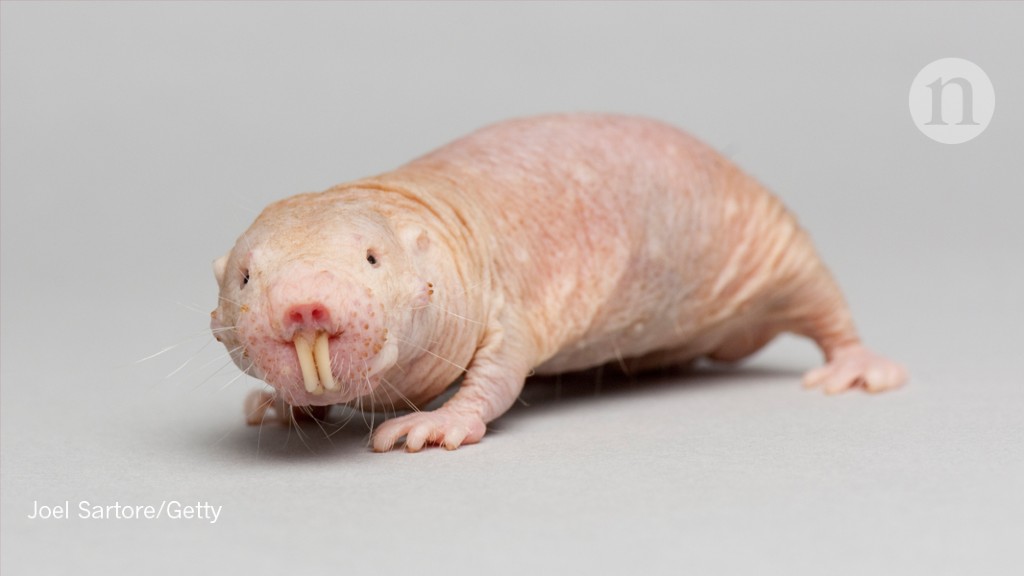If there’s one thing true about this wonderful planet we live on it’s that there is no shortage of strange creatures. Just look at us, for example. We’re a creature on this planet just like octopi or wolves, and aren’t we incredibly strange? What other animal would spend most their day watching Netflix?

For all that we know about animals, there are still lots of things we have to learn that might surprise us. We like to understand animals, but sometimes that understanding is further from reach than we even realize. Can we really know why animals do certain behaviors? It’s a mystery.
While there are truly mysterious animals like the octopus, which might as well be an alien from another planet, there are other animals we just plain don’t think about too often. One such animal is the naked mole rat. With a name like “naked mole rat,” you’d think that would be strange enough, but it gets stranger.
If you’ve seen a naked mole rat, you might have thought you were looking at a normal rat who went a little too far with their waxing treatment. They are very bizarre looking creatures. They have a wrinkly, hairless appearance, not to mention their teeth stick out in a comical, if not ugly way. Despite being so ugly, they are very social creatures, and even more interestingly, they have different dialects within different groups of mole rats.

Humans are creatures who also have many different dialects, and often those differing cultures can lead to xenophobia, a dislike or prejudice against people from other cultures. This discovery comes from a paper called “cultural transmission of vocal dialect in the naked mole-rat. The paper was published in the journal called Science and included other notable discoveries as well.
The paper describes how naked mole rats live in multigenerational groups of about 300 rodents in colonies underground. Each colony has a queen who rules over everyone else. She is the only female that anyone can mate with. The structure is similar to ants. She has certain mole rats become soldiers to protect the colony, while others do other activities. Unlike ants who use a telepathic style of communication, mole rats have developed colony specific dialects.

Researchers made records of over 166 rats making over 36,000 sounds combined over seven colonies. In an interview with NPR, one of the authors Alison Barker said, “We actually think that one of the ways in which the queen maintains her control is to make sure that everyone is ... rigidly adhering to a certain dialect. And so that becomes, perhaps, a readout for conformity within the colony.”
You may be wondering what happens when a queen dies. When that happens, it’s all out warfare between the other mole rights to figure out the next queen. Gary Lewin also worked on the paper. He said, “The dialects before the queen was gone were much more cohesive — they all spoke with a very similar dialect. As soon as the queen was gone there was a period of anarchy, and everyone started speaking a little more variably.”

As for mole rats xenophobia, Lewin had this to say. “If a mole rat comes from a different colony, within minutes, they are recognized and usually killed.” While mole rats may have some negative qualities, they are also immune to pain, resistant to cancer, and live until their 30s. Maybe there’s something we can learn from mole rats.